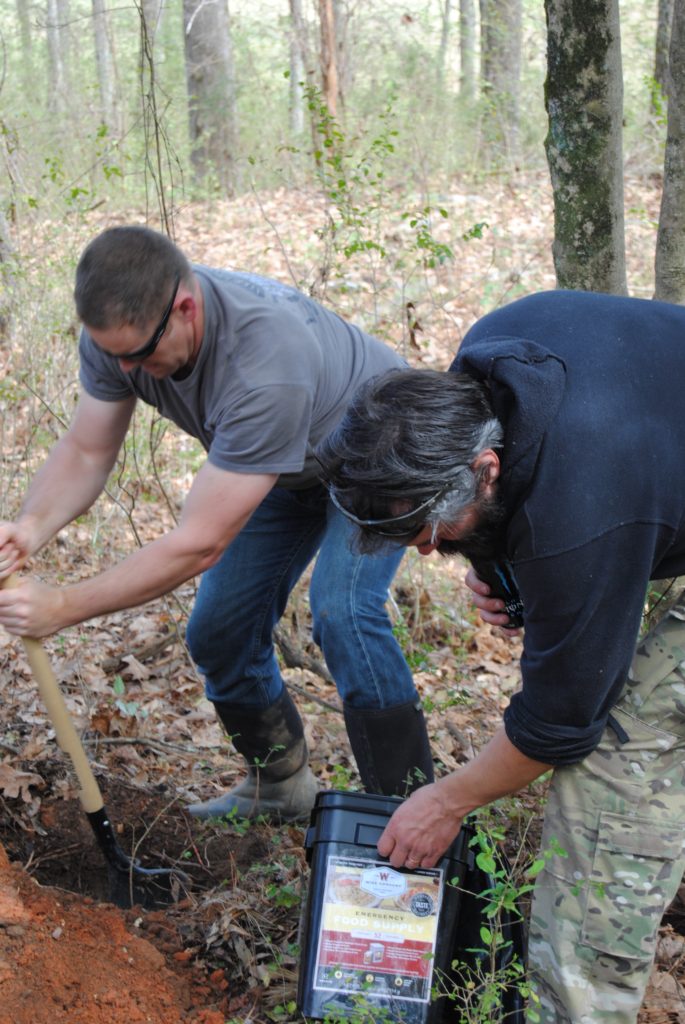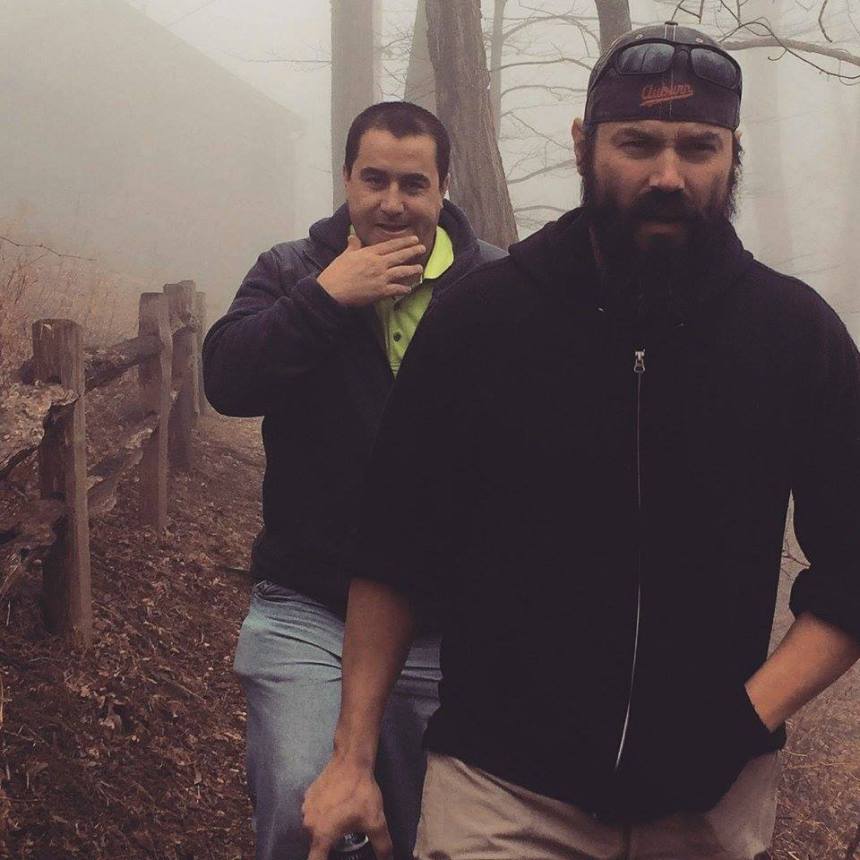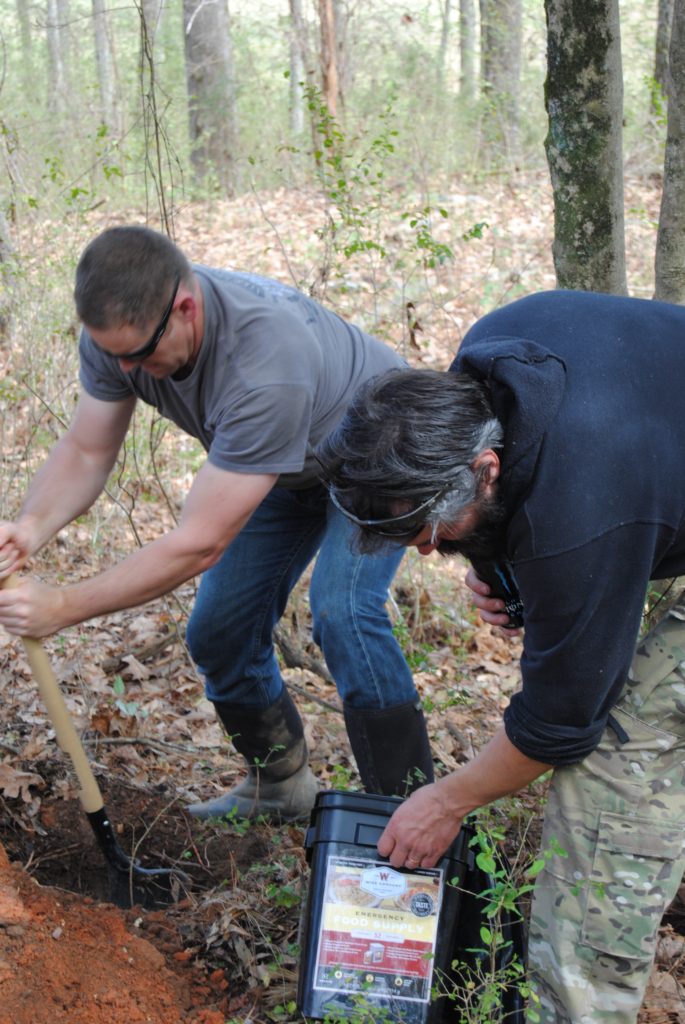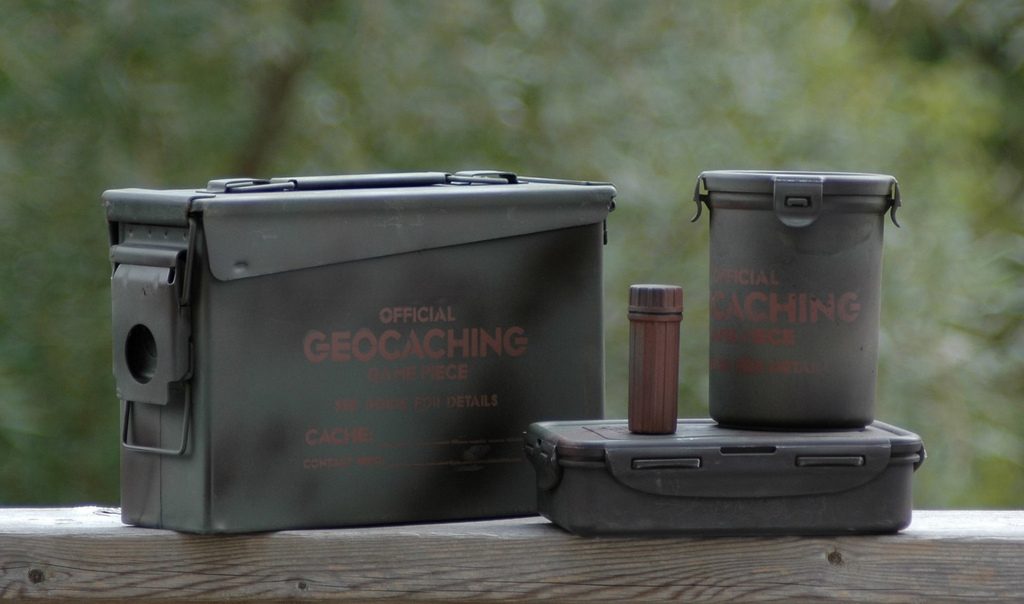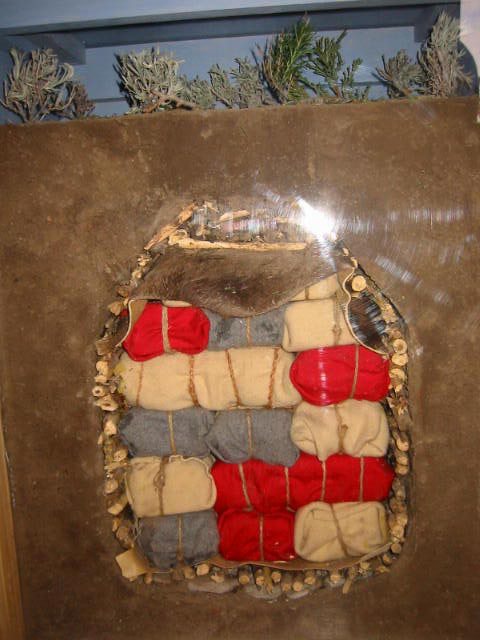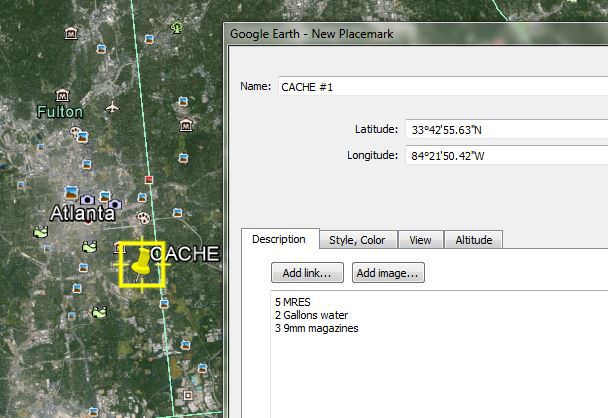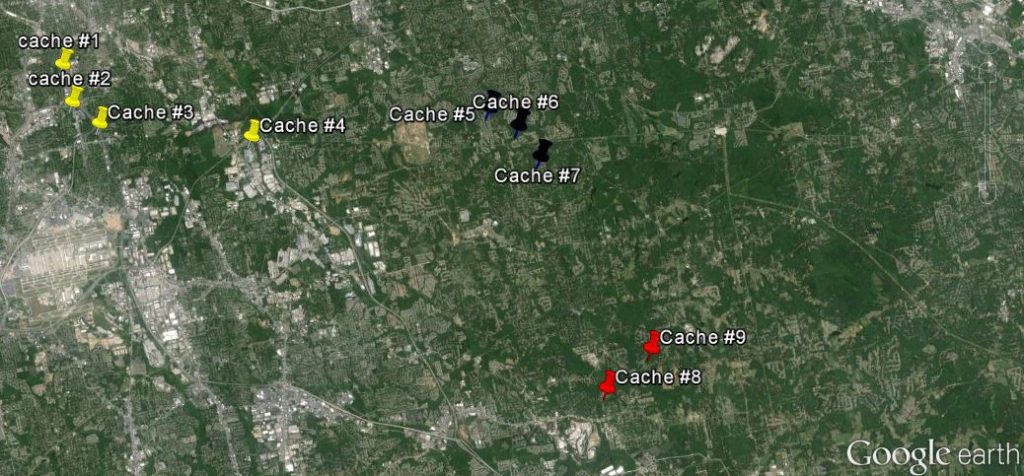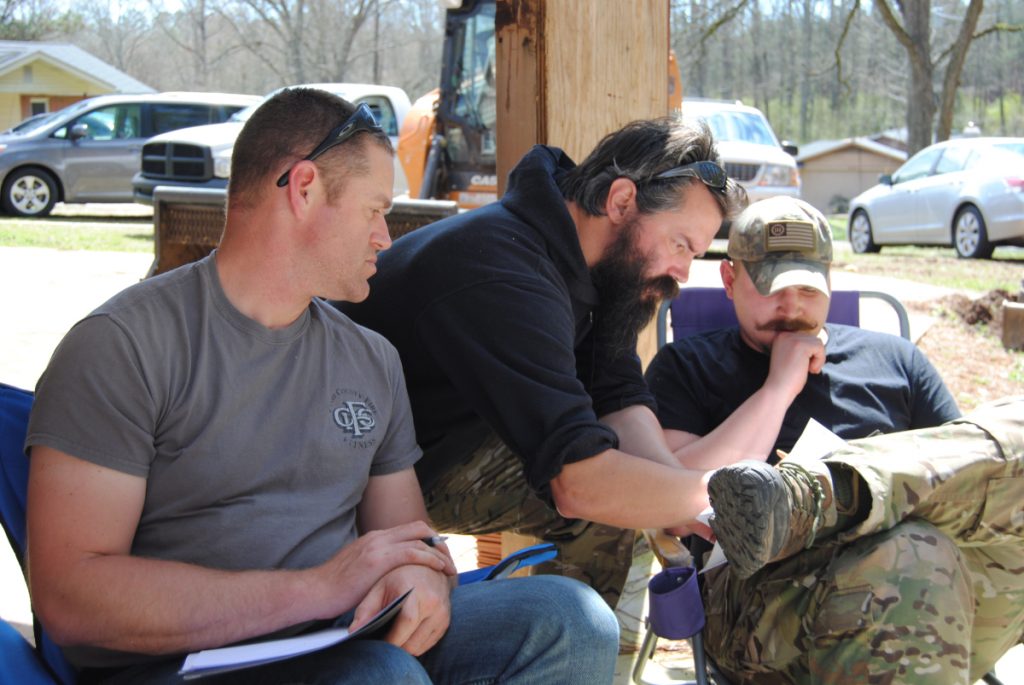Looking to do some shady stuff
What is a cache?
Caches are prepositioned resources put in place to support a future activity. Classically we “visualize” them as buried treasure but they don’t have to be buried, and we will cover that a little later in this article.
Having been to a Special Forces school for this, I’m happy to say this subject is one of my favorites and an area that I have plenty of real world experience. The challenge of this article will be keeping it unclassified, so if there seems to be a “gap” in the flow of the article, accept my apologies up front I’m trying to make everyone happy…
Caches have been used for centuries, there’s nothing new about them but in todays fast paced disposable world they are usually overlooked as lacking imagination or to time-consuming. Of course the big army (or military) as a whole doesn’t really use caches, but a cache system doesn’t make sense for our modern army. They come complete with supply trains and never really know where the next operation will take place. They are designed for mobility. You however are not.
You KNOW where you will be staying, working and traveling. A cache network would fit easily into the busiest modern schedule and as we will discuss lighten your bug out loads considerably. Caches are the difference between a 100lbs Bog out Bag (BoB) and a 20lbs BoB. Use caches to offset your emergency weight and have enough that you can afford to lose a few to the elements. Caching is a process not a singular event.
Why use them?
Caches will drastically offset the amount of weight and equipment required to get from A to B on any map. If established correctly, you could have a cache set up at all of your major check points and if you don’t need to contents of the cache, bypass it and save it for later.
If you have ever wondered how commandos get away with traveling so light, it’s because we aren’t just moving to a safe area I’m admitting we are cheating, and picking up food and ammo along the way that someone else buried before hand. Like a magician, the trick isn’t magic, it’s the assistant who skillfully positions the tools needed ahead of time when no one was looking.
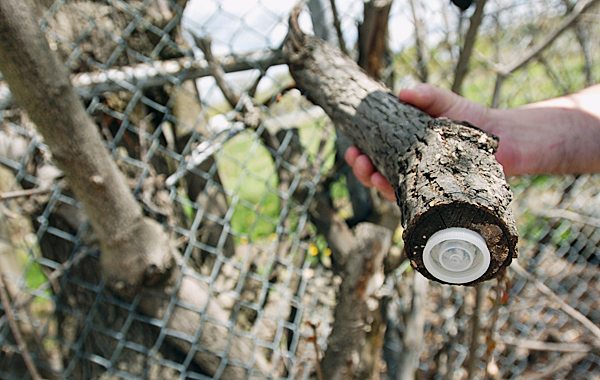
Site selection criteria.
It’s not good enough to just pick a gnarly oak tree and have at it. In theory you should have dozens of these located all over the place so site selection criteria has to take on a consistent, and more primary role as you develop your network. Consider:
- 24 hour all-weather access
- Enough cover and concealment to hide loading and unloading of the cache
- You must have access to the site, and avoid places like banks daycare or municipal buildings that will draw unwanted attention (or security footage) of your activities. There’s nothing illegal about caches, but it doesn’t look good hiding in the bushes of a children’s park…..
- Will it develop? Will your cache be a burger king next year?
- Anchor points. If the cache site proper doesn’t have good visual markers it may make sense to identify a reference point nearby. For instance, 3 yards due north of the North East road sign at the intersection of Mayberry and main St.
- Anchor stakes. It may not make sense to map directly to a cache, if that’s the case map to a tent stake with a string leading you to the buried goods. Experiment with different methods.
- Always consider that SOMEONE ELSE will have to service the cache. Don’t assume you will be the one who is unloading the goods. What if you’re hurt? or busy saving lives? Don’t assume the tree you picked is unique enough for a stranger who has never been there to pick out of the crowd.
Types of caches.
I like to build caches based on themes so that’s what ill discuss in this article. Most of my caches are simple food and water 24 hour kits, small and easy to hide. I have 1 large cache, that remains unmarked and only I know where it is that contains everything I need to start over… I bury this early and let it season in the elements. Consider:
- Support cache. Food, water, clothing and medical supplies.
- Action Caches: Ammunition and “other” supplies, just in case I get disarmed.
- Recovery cache: Important documents, cash, food, water, ammo, perhaps a weapon, family pics you name it. If your house burned down right now, what would you need?
You can build and camouflage caches out of anything, you’re limited only by your imagination. Just make sure they are double weathered sealed. Consider using packing grease when storing working “metal” parts for long periods of time and using metal containers for water. Metal containers don’t leak into the water like plastic bottles do.
How to organize them into usable networks.
It’s all about the mapping. I break my mapping down into useable blocks that are easy for family members to follow and understand. There are 3, maybe 4 basic sketches you need to learn:
- Macro Sketch. Think state with multiple ports of entry like airports or interstate intersections. This way my cousin Earl can drive in and find his way around.
- Navigator Sketch. Now that Earl has his bearing from the macro sketch, its time to get him to the area where the cache is. This is the street map level sketch that references the major ports of entry from the previous sketch, BUT gets you to the road intersection where the actual cache is located. Google maps works well here, and several navigator sketches can be support by a single Macro sketch.
- Micro Sketch. Now that Earl is at the right intersection, he needs to know exactly where to dig. This sketch should have the precise pace count and reference points required to walk right up to the cache and it should also include any pertinent details the user needs to know: Police station near by, bring a shovel, service between this hour and that, etc….
- Point of view (POV) sketch. In some cases a site may require a perspective as if seen from the person performing the task, this is the case when the person loading and unloading the cache is face with multiple but similar choices in a given are. For instance multiple paths or multiple telephone pole. It doesn’t hurt to include one in every report, but frankly they aren’t needed unless you gauge the circumstances to warrant the work.
Here’s an organization example of how I set up my cache mapping:
Macro (2GA1FEB2015)
Navigator Bug out (Husbands work and home)
- Micro (Support) GA323-01
- Micro (Support) GA323-02
- Micro (action) GA323-01a
with POV
Micro (Recovery) no mapping
Navigator Bug out (Wife’s work and home)
- Micro (Support) GA324-01
- Micro (Support) GA324-02
- Micro (Support) GA324-03
I would keep all of these in a book and even supplement the data with a Google earth maps overlay. Ideally when I forward a cache I want the information as simplified as possible yet accurate. This way in a pinch I could simply “text” it to someone and send them on their way
Under this organization I can group my caches and maps into zones, and maintain an underground supply network that supports multiple family members in different locations, perhaps a child in college and so on.
Inventory Organize by zone (color chart)
Mapping.
Mapping is the trickiest part of all of this. Caches are aren’t any good if YOU are the only one who can use them. But for OPSEC or data reasons you may not have access to accurate enough mapping to make this work. So make your own!
The trick to this is finding the right amount of detail without over crowding your work. Practice this amongst your own group to see what I mean. Have one person draw a map to an unknown location, and another person navigate to it with out any assistance. Then you will see how your assumption over the obviousness of a particular reference point may not be as obvious as you previously thought. There is an art to it and it must be learned and rehearsed. We wont go to far into mapping in this article, it’s an article all its own but we will write it up as an addition to this cache piece.
*The views and opinions expressed on this website are solely those of the original authors and contributors. These views and opinions do not necessarily represent those of Spotter Up Magazine, the administrative staff, and/or any/all contributors to this site.
All content from this article courtesy of our friend Jay Paisley (18z) ret. 5th special forces group

